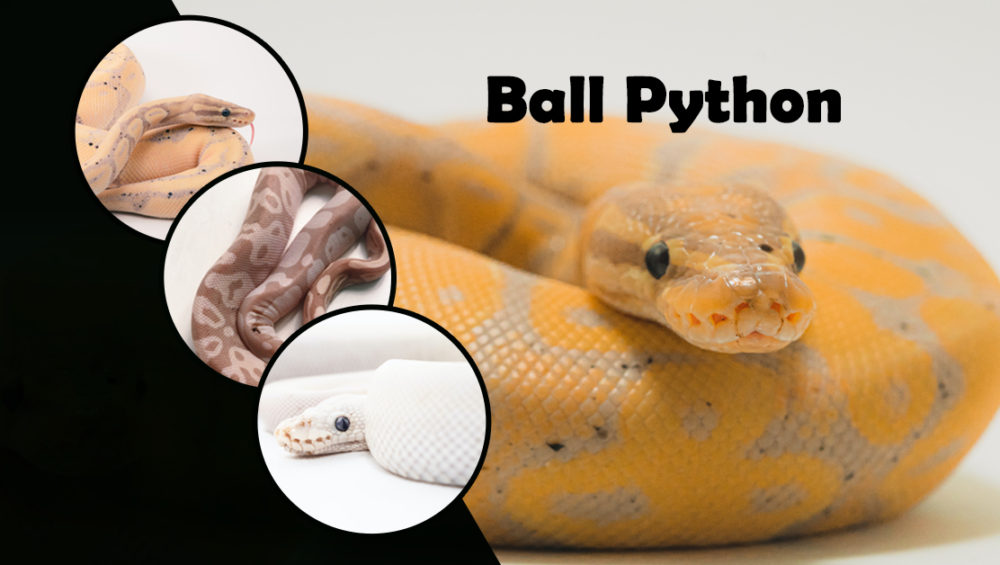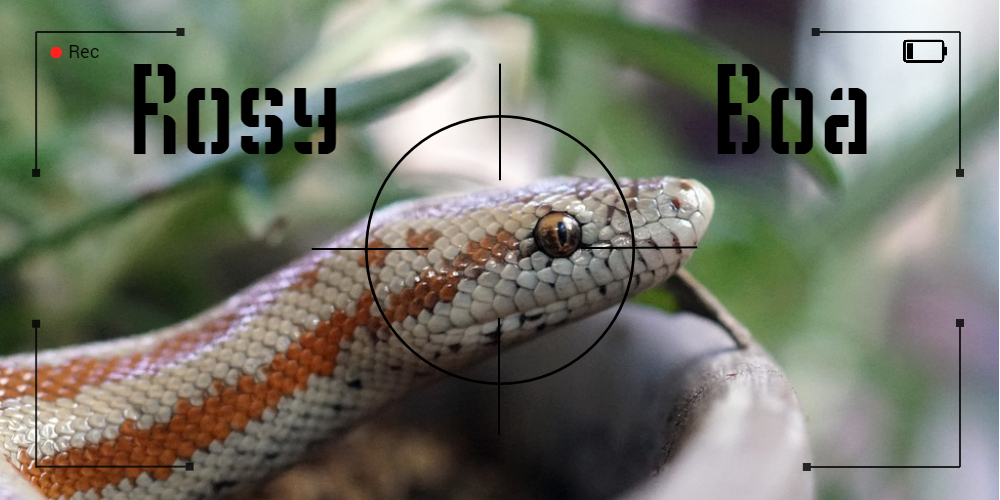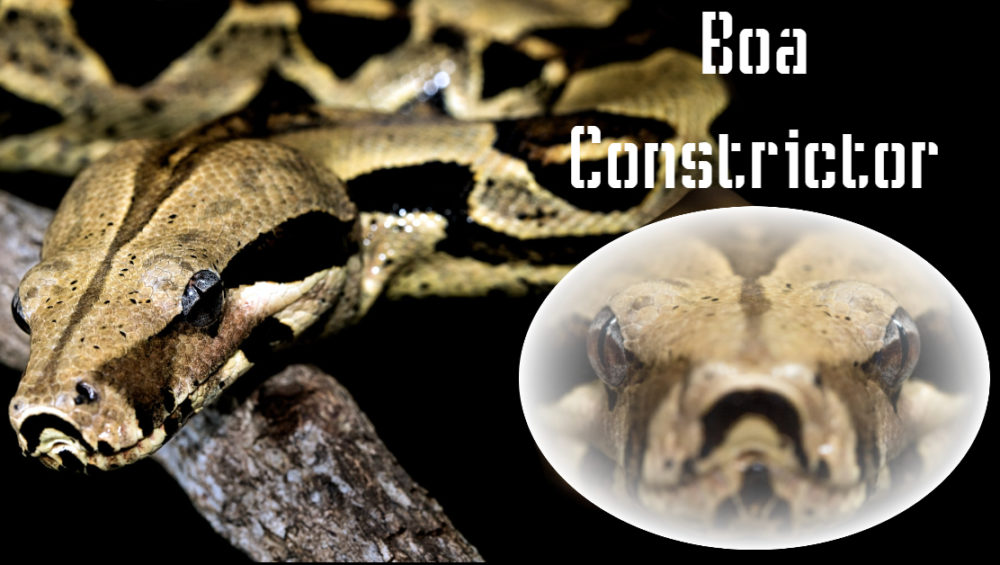Ball pythons, or royal pythons as they are sometimes referred, are endemic to tropical western Africa, with the majority originating in the countries of Ghana and Togo. These snakes are secretive by nature, spending much time in underground burrows or abandoned termite mounds.
Behaviour
Ball pythons are among the smaller species of pythons commonly available to hobbyists. They typically measure 10 to 15 inches as hatchlings, and adults may reach lengths of 3.5 to 6 feet with just over 4 feet being average. Females are usually longer and heavier bodied than males. Properly cared for ball pythons can be expected to live for over 20 years.
The right substrate needs to be chosen for ball python to be comfortable. A healthy snake needs a healthy substrate. The substrate of choice depends on availability, affordability, and how easy it is to clean. There are many options available such as aspen shaving, cypress mulch, coconut fiber, and even paper towels.
There are a few things you need to know when choosing right bedding for Ball Python which includes following factors:
Temperature requirements
These snakes are primarily nocturnal, and do not require UVB lighting to thrive in captivity. However, use of a full spectrum light with low UVB output, such as a 2.0 bulb can be beneficial for promoting a regular photo-period, and displaying the snake to its best colours.
However, as tropical snakes, they do require a heat source that can maintain an ambient daytime temperature of 80 degrees, with a basking spot around 95 degrees. These temperatures can easily be achieved via the use of heat bulbs, ceramic heat emitters, and heat pads. Night time temperatures can be 10 to 15 degrees cooler overall, and usually little adjustment is needed on your part, as the typical home is cooler at night than during the day.
Humidity
Ball pythons require localized areas of high humidity within their cages. Once or twice daily misting of the entire enclosure with room temperature water in a hand spray bottle should be adequate in most situations.
Lighting
These snakes are primarily nocturnal, and do not require UVB lighting to thrive in captivity. However, use of a full spectrum light with low UVB output, such as a 2.0 bulb can be beneficial for promoting a regular photo-period, and displaying the snake to its best colours.
These are tropical snakes so they do require a heat source that can maintain an ambient daytime temperature of 80 degrees, with a basking spot around 95 degrees. These temperatures can easily be achieved via the use of heat bulbs, ceramic heat emitters, and heat pads. In fully enclosed cages such as vision cages and penn plax cages, use of a radiant heat panel can be a convenient and unobtrusive way to heat the cage.
Night time temperatures can be 10 to 15 degrees cooler overall, and usually little adjustment is needed on your part, as the typical home is cooler at night than during the day.Use of a thermometer, especially one that records a min and max temperature within the cage, is recommended.
Handling
Ball pythons are by far one of the easiest snake species to handle. Although hatchlings can be nervous and nippy, this behaviour usually disappears within the first few months of life. As naturally shy animals, ball pythons tend to be slow moving, and content to casually explore their surroundings by crawling through one’s hands.
Diet
All snakes are carnivores, and ball pythons are no exception. In captivity a diet of mice and rats will suffice. Even hatchling balls are capable of subduing and swallowing small, adult mice, while adults may require large rats.
Generally, food items should be offered once a week for the snake’s entire life. However, this regimen may change based on the age of the snake, time of year, and pre and post breeding conditions.
Habitat Maintenance
Thoroughly clean and disinfect the habitat at least once a week. Scrub the tank and furnishings with a 3% bleach solution. Rinse thoroughly with water, removing all traces of bleach smell and dry the tank and furnishings completely and add clean substrate.
Cleaning
Whichever substrate you choose, spot clean as necessary. Due to the nature of snake urine and feces, complete changes of bedding and tank cleaning may be required frequently. If for some reason your python has managed not to make a mess for an entire month, the substrate should be replaced monthly, or at very least once every quarter.
Enclosure
Ball pythons originate in the forests and grasslands of Africa, where the humidity is always relatively high. Different substrates will affect the humidity level of your enclosure differently. So must choose the substrates which can be helpful to maintain the humidity level. While not a particularly common activity, some ball pythons may enjoy burrowing and excavating in their substrate. Loose substrates that allow for this can enrich the life of your captive snake.
The damp moss and tight quarters help these shy snakes to feel safe and secure. Reptile bark (orchid bark), cypress mulch, pulverized coconut husk (bed-a-beast), or a mixture of both are prime choices. Avoid any excessively drying bedding including pine shavings, sand, or paper products. And never use a cedar bedding…cedar is toxic to all snakes!
Substrate Type
Coconut Husk
Coconut husk is made from roughly chopped chunks of coconut shell. It’s widely considered the best substrate choice for ball pythons and other tropical reptile and amphibian species. Coconut husk can absorb large amounts of water, so it helps drastically with maintaining adequate humidity levels. But this cannot be used for burrowing due to the large size of husk chunks.
Advantages:
· Retains moisture.
· It doesn’t mold.
· Dust free and odours free.
Disadvantages:
· large chunks of coconut husk may cause impaction
Coconut Fiber
Coconut Fiber or coconut coir is made from very finely ground coconut shells. It creates a fibrous soil that can be dense or light and fluffy, depending on how moist it is. Coconut Fiber is excellent at retaining moisture and maintaining humidity, probably the best choice for this purpose. Being very soil-like in nature, coconut fiber is perfect for allowing your ball python to burrow.
Advantages:
· It is the best for ball python eggs or at least one of the best.
· It absorbs bad odours.
· It doesn’t mold.
· It helps maintain optimal humidity levels for snakes.
Disadvantages:
· Doesn’t retain humidity
Aspen Bedding
Aspen shavings may just be the best snake bedding. Ball python is comfortable on this bedding. This material is preferred because of its affordability and portability. They are absorbent, contain no toxic oils or resins, and are great for the environment. Aspen shavings do not help maintain humidity levels. In fact, they can dry the air out. Aspen bedding can be great for burrowing ball pythons.
Advantages:
· It is very affordable.
· It helps maintain optimal humidity levels.
· Its light colour looks great in the snake’s vivarium.
· It is super absorbent.
Disadvantages:
· May need to be changed more often
· Some customers report finding other materials in with the aspen
The bedding should be avoided are include
Cedar Shavings
Cedar wood shavings can help repel unwanted creatures. The phenols given off in the scent of cedar oil is repellent to snakes. Cedar has long been used in closets because it’s naturally resistant to insects and decay. Unfortunately, cedar is one of the most dangerous woods for reptiles and should not be used in their care at all. Reptiles exposed to cedar may exhibit respiratory symptoms or develop skin lesions.
Pine Shavings
Pine that has not been kiln dried contains volatile oils which can cause respiratory problems in reptiles. It can also cause these symptoms in small furries. This bedding is not suitable for snakes. They can cause lung and eye irritation. This bedding can be toxic.
Sand
Although a common substrate for many reptiles, sand unfortunately is notorious for promoting the growth of mold. On top of this, it also reduces humidity, can irritate the respiratory tract, and can cause impactions due to its clumping properties.
Paper Towels, Newspaper, and Butcher Block Paper
It is an easy-to-clean and simple aesthetic that makes them low maintenance and ideal for temporary husbandry. Paper will absorb moisture, but it’s not particularly useful for impacting the enclosure’s humidity. Ball pythons can’t exactly burrow and dig in sheets of paper, but some do enjoy hiding underneath it.
Conclusion
There are many safe and ideal types of substrates to choose from. The best choice for you and your ball python will depend on your situation and personal preferences. The type, source, and depth of substrate have a significant impact on your pet’s health and happiness.
Fortunately, if you aren’t happy with the substrate that you pick, you can always change it up during the next cage cleaning. If you switch it up enough and carefully observe your snake, you might even discover which one they enjoy the most!








